I photographed this Saddhu, or Holy man, seated on the steps of a Hindu temple in Kathmandu, Nepal, as he sat quietly observing the events of the day. Later, I contemplated the image and the busy background in the photo and began to consider the composition. At that moment, the Muse appeared, and I had a very clear flash come to mind of an image from our 1995 expedition to climb 28, 250’ Kangchenjunga, in eastern Nepal. It struck me immediately as the perfect background for this painting, although I did not, as yet, understand the significance. The finished piece tells the story of a mystic, who has completed his homeward journey, taking every step assigned him along the way. He gazes serenely into the distance, his view is now unobstructed by illusions… his vision is infinite. Only the “Final Step” remains, the step from form back into formlessness.
0 Comments
I love dogs! I've loved all of my dogs. But Lucy was the special one. She was a Turkish Akbash weighing 115 lbs. The breed is one of the guardian group of dogs used to protect livestock. They were bred to kill predators such as coyotes and wolves and have been known to face down 600 lb. grizzly bears! She had a ferocity when it came to protecting her wards combined with the gentleness to care for a newborn lamb or even a Mule deer fawn. She was at my side for 15 years and I seldom went anywhere without her. I painted her lying on the Tibetan rug in my studio, as she always did, and today her painting hangs on the wall in the studio. It feels as though she's still here watching over me! She was regal.The title of this painting is derived from a study of alchemy. Alchemy, the ancient art of transformation, was based on the seven principles of Hermetic philosophy, second of which is the “Principle of Correspondence” which states “That which is Above corresponds to that which is Below and that which is Below corresponds to that which is Above” meaning that there is a relationship between various planes of existence and the inner and outer worlds. By examining what can be perceived one can gain a certain sense of what is beyond perception. In this painting are hidden images that represent the male and female aspects (of mind) which alchemy was said to balance creating an “Intelligence of the Heart” or a “Feeling Intellect”. A lone figure on the horizon contemplates the landscape, the alchemist balancing his inner world, while the mountain above is reflected in the water below.“Gods and Demons” is a continuation of the theme, “Abode of the Gods” (above). The local Sherpa people see (or project) their deities in the high mountains of the Khumbu region and Mt. Everest. The mountains are viewed by those that live beneath them as the givers of life but also, at times, the destroyer of it. And it is true. The snow melts and runs down their steep slopes and supplies drinking water and food for millions of people. For many, they nourish the spirit as well! But on any given day they can snuff life out in the blink of an eye. I painted this piece on an overcast day when the clouds can give the rock formations an ominous and even threatening feeling. On careful viewing, one can find hidden images of gods, goddesses and demons.Fellow mountain guides who know this trail very well swear they know this exact spot on the trail to Mt. Everest…but it does not exist! This scene is actually a compilation of at least six different photographs. It is a reflection of my personal journey and life in the mountains. Everything in this composition, the stairs, the lone figure silhouetted against the cloud, the mountain Ama Dablam, and the eagle in the lower right speaks of the upward calling, and the outward calling that relates to the innward calling. The eagle itself is an alchemical symbol for the “The Ascending Spirit”.I came across this man working at his craft on the street in the medieval village of Thimi outside Kathmandu. Of the various ethnic groups in Nepal he is of the Newar cast. The Newari people of the Kathmandu valley are known as the artisans of Nepal and are responsible for the intricate woodcarvings, beautiful thanka paintings and ceramics found there. Here he is finishing a vessel that, with others, will be covered in straw and sand and lit on fire to smolder for a week or longer in the ancient technique of firing clay.This painting was inspired by my 1995 expedition to climb Kangchenjunga (28,169’), third highest peak in the world. One can see two climbers on the ridge above gaping crevasses and above them, almost impossible to detect, are two more. Hidden in the rock and snow are other images meant to convey the constant menace we felt while climbing this mountain. Every 8000-meter peak (above 26,000’) I have been on has been strewn with dead bodies and on this climb we were witness to the demise of two of the best alpinists in the world along with one of their Sherpa guides. While climbing on our summit day we were able to look directly down 3000’ to the dead body of the unfortunate Sherpa. This combined with bottomless crevasses, towering seracs and thunderous avalanches over a two month period of time left us feeling in ”The Fierce Embrace” of Kangchenjunga!The word “Himalaya” means the “Abode of the Gods” and having climbed in them for over thirty years, I can easily understand why the Sherpa and Tibetan people who live beneath them, see their deities in these high mountains! This painting is taken from my 1995 climb of Kangchenjunga (28,169”), third highest peak in the world located on the eastern border of Nepal. On the morning of summit day we left Camp IV, which was a small ledge carved out of the ice at 26,000’ and started upwards. Looking back over my shoulder I could see the splendor of the Himalayan sunrise beneath me, lighting up the neighboring peak, Kabru, 25,000’. I was too tired and oxygen deprived to enjoy the view that day but created this painting so I can enjoy it today!This painting is one my favorites from a 1991 expedition to climb Gasherbrum II (26,360’) in northern Pakistan. Situated in the Karakoram Range with K2, Broad Peak and many more of the highest, most rugged mountains in the world is Gasherbrum II. This scene is one taken from the two-week approach march up the Baltoro Glacier to base camp, itself one of the most dramatic treks in the world. Every day as we climbed higher on the trail the landscape grew more stunning and literally more breathtaking and I truly felt I was “Walking Among Giants”! One climber is obvious in the foreground but look for two more in the distance.“Lake of the Crags” is located in Hanging Canyon in the Grand Tetons of Wyoming. It has always been one of my favorite places to hike in the Tetons. In this painting, I wanted to capture the feeling of being in the mountains as opposed to looking up at them from the valley floor. This is my personal view as a climber and mountain guide for most of my life. One of the difficulties in painting this subject from this perspective is that the amount of detail the eye sees is overwhelming. The task was to drop out some of the detail and organize the scene in a manner pleasing to the eye and yet maintain enough to capture the feeling of the place. I also found the contrast between the busyness of the rocks as juxtaposed to the stillness of the surface of the lake and the open sky restful to the eye. |
AuthorI am Dave McNally, and I travel the world to paint and hike. Here are some of my experiences. ArchivesCategories |
inquiries |
gallery representationMountain Light Studio
7168 HWY-33, Suite #6 Victor, ID, 83455 307-690-9322 |
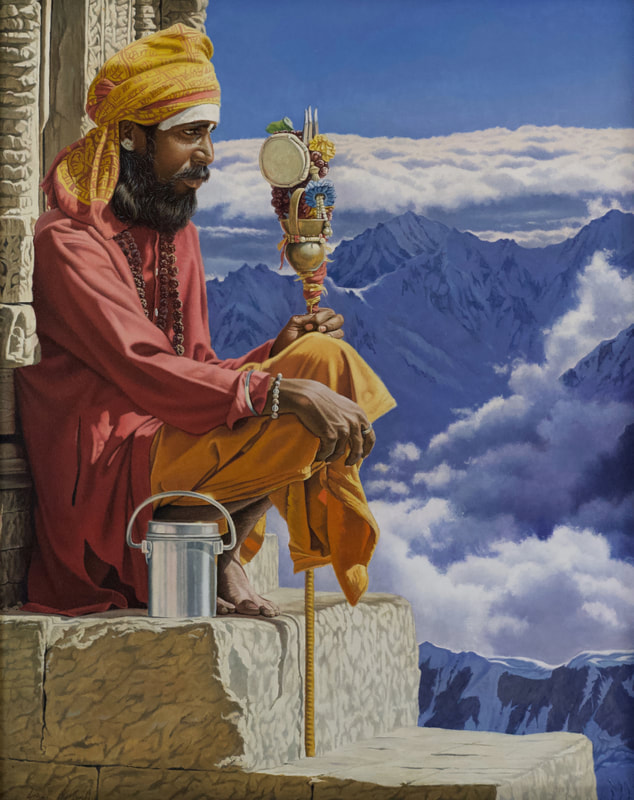
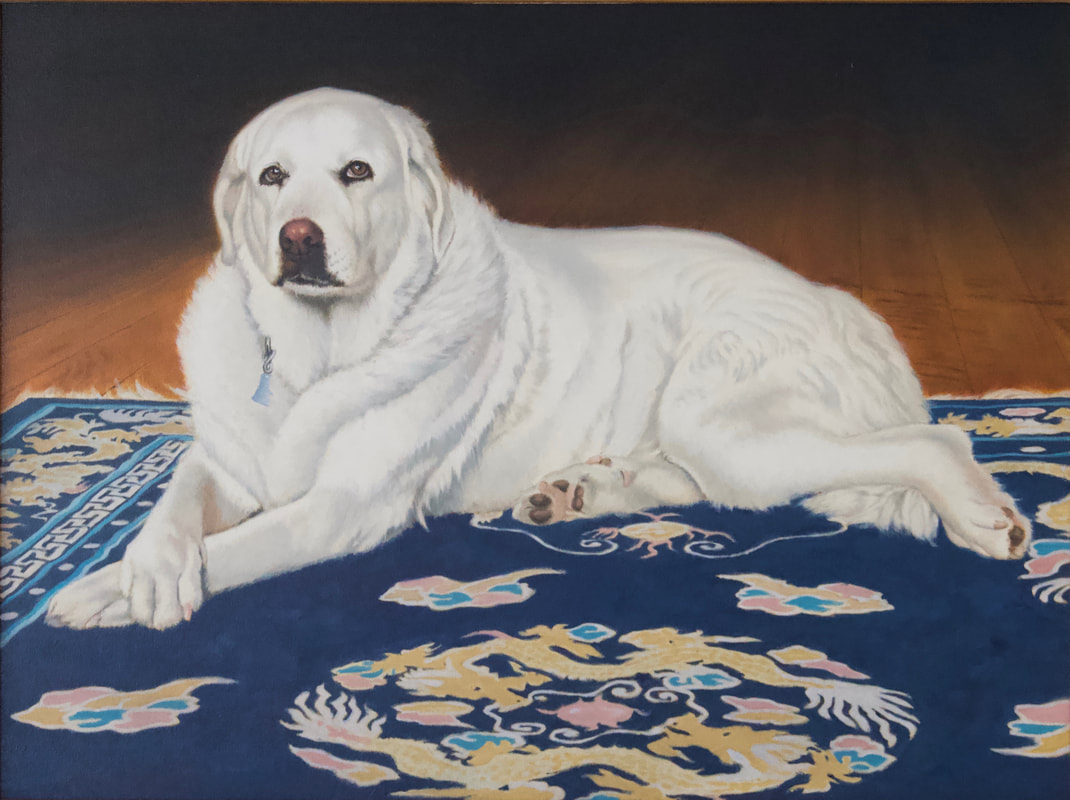
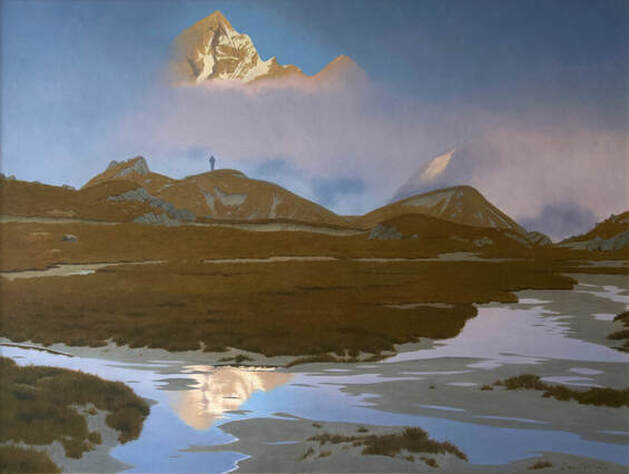
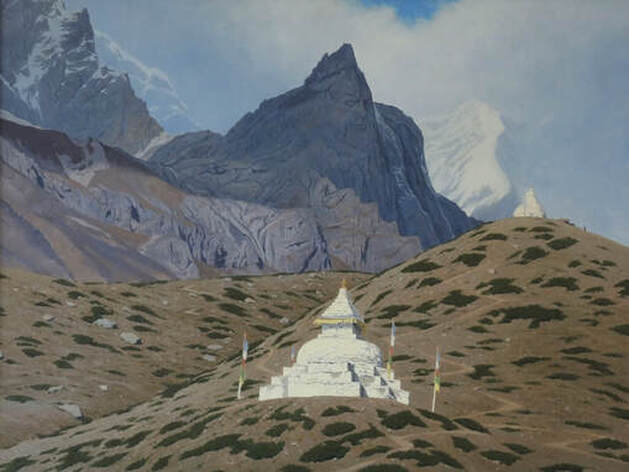
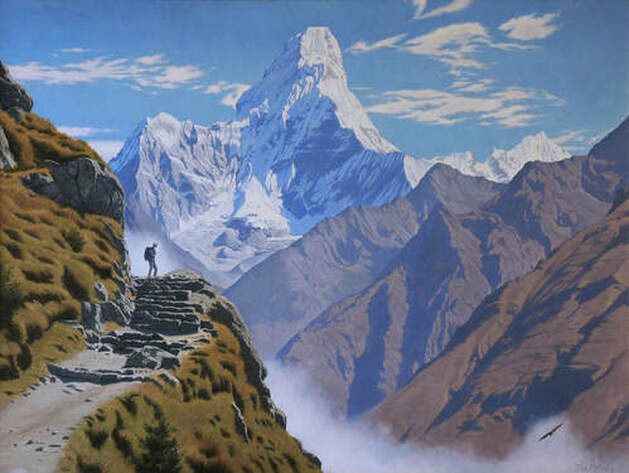
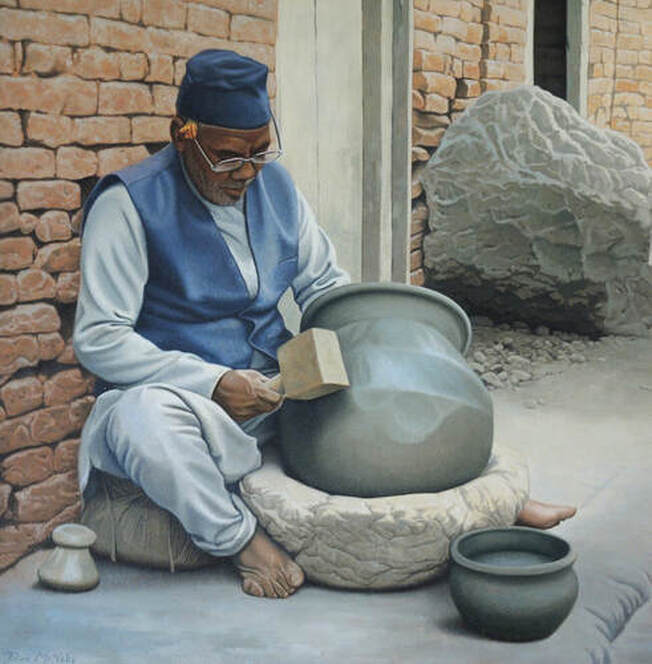
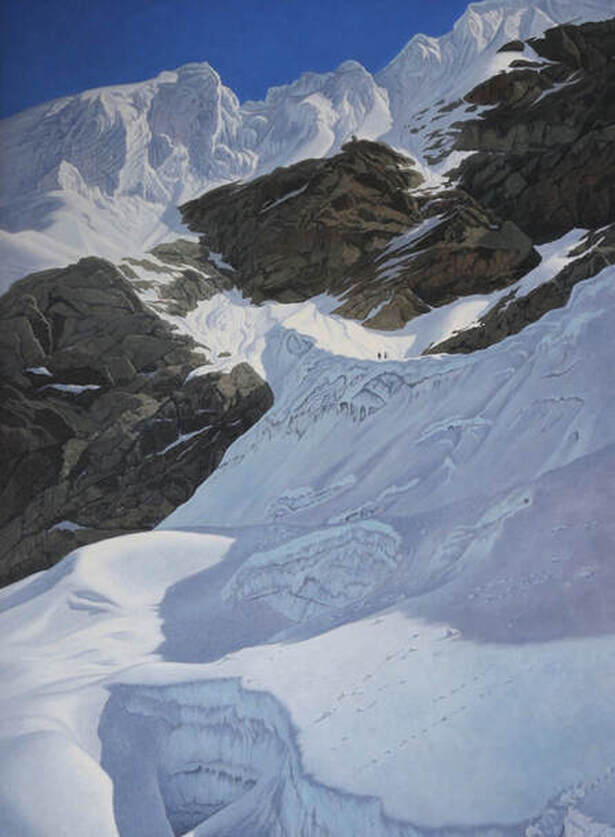
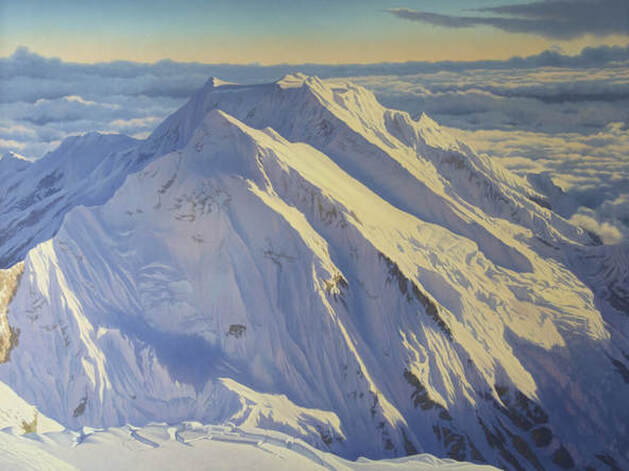
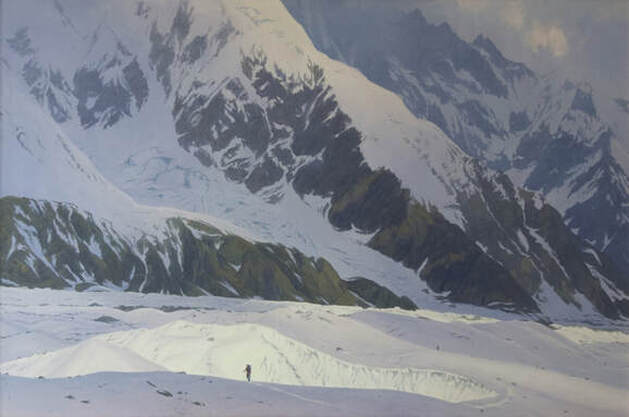
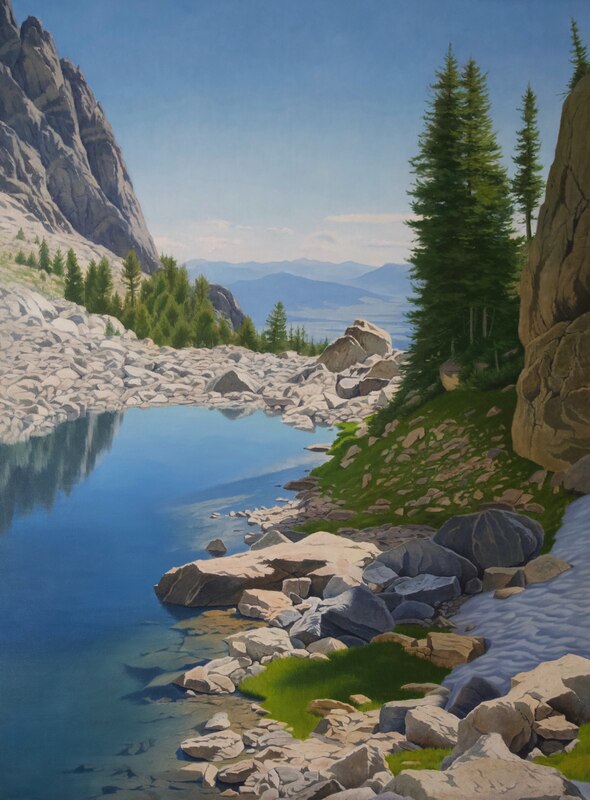
 RSS Feed
RSS Feed
